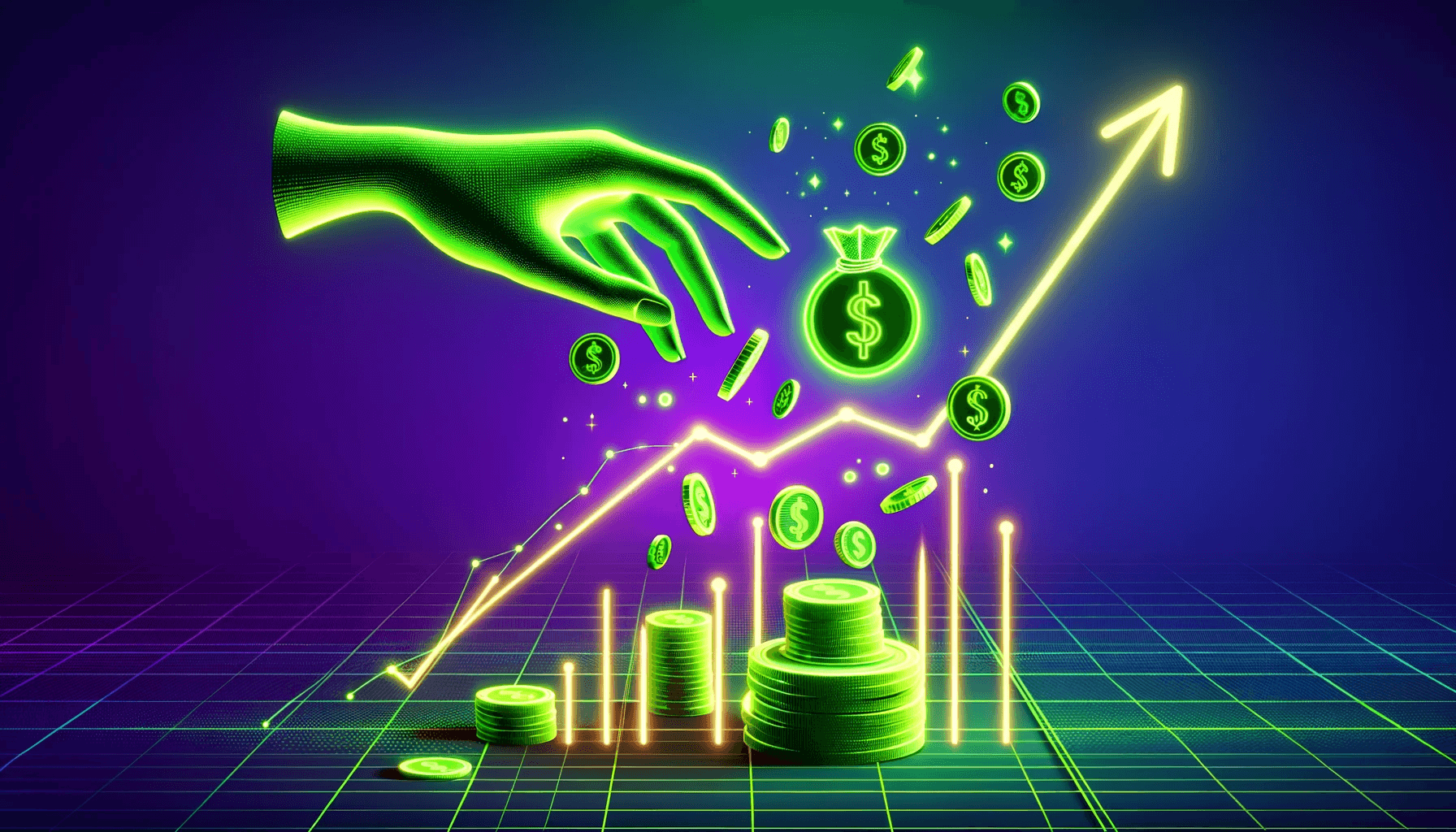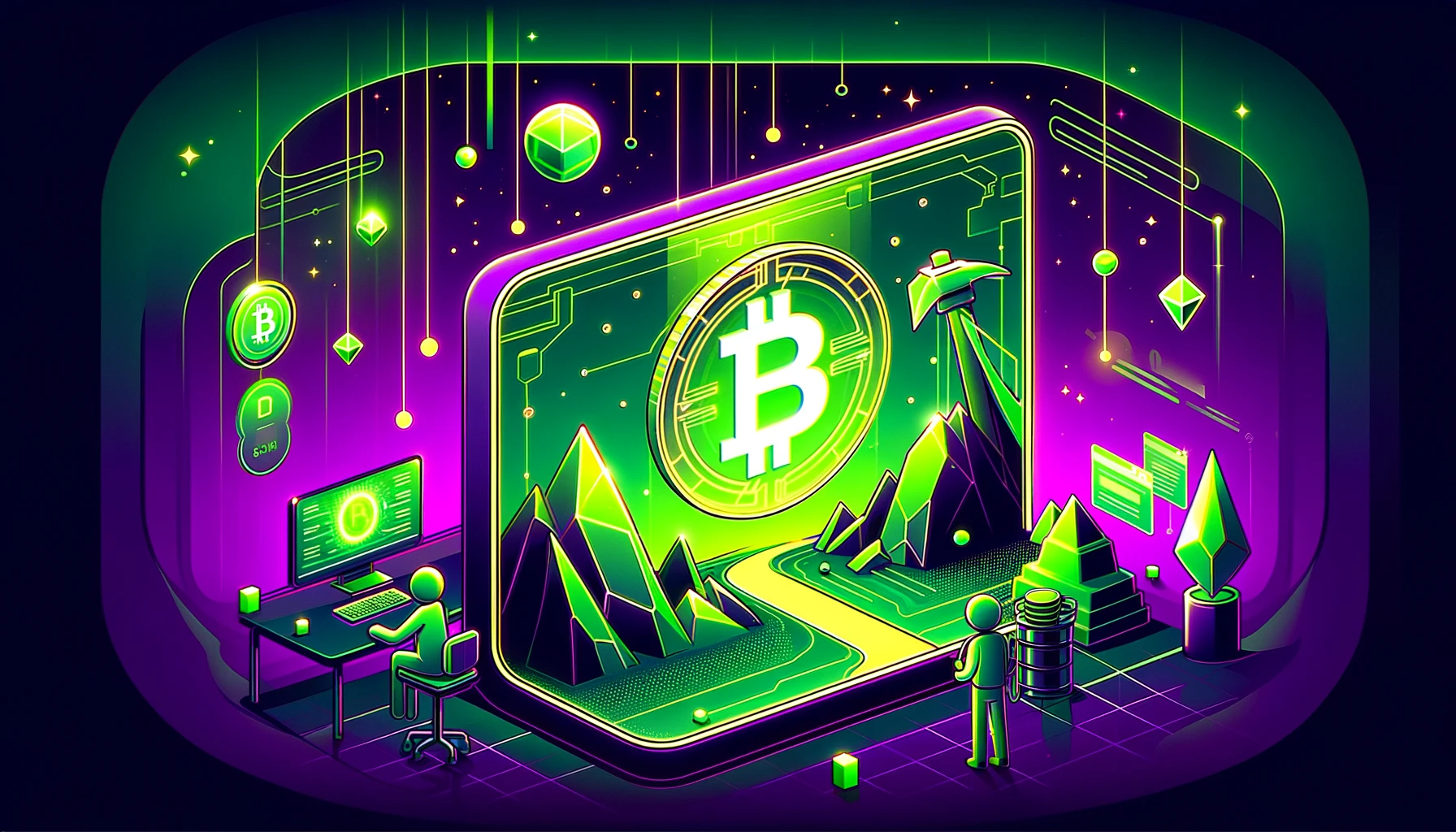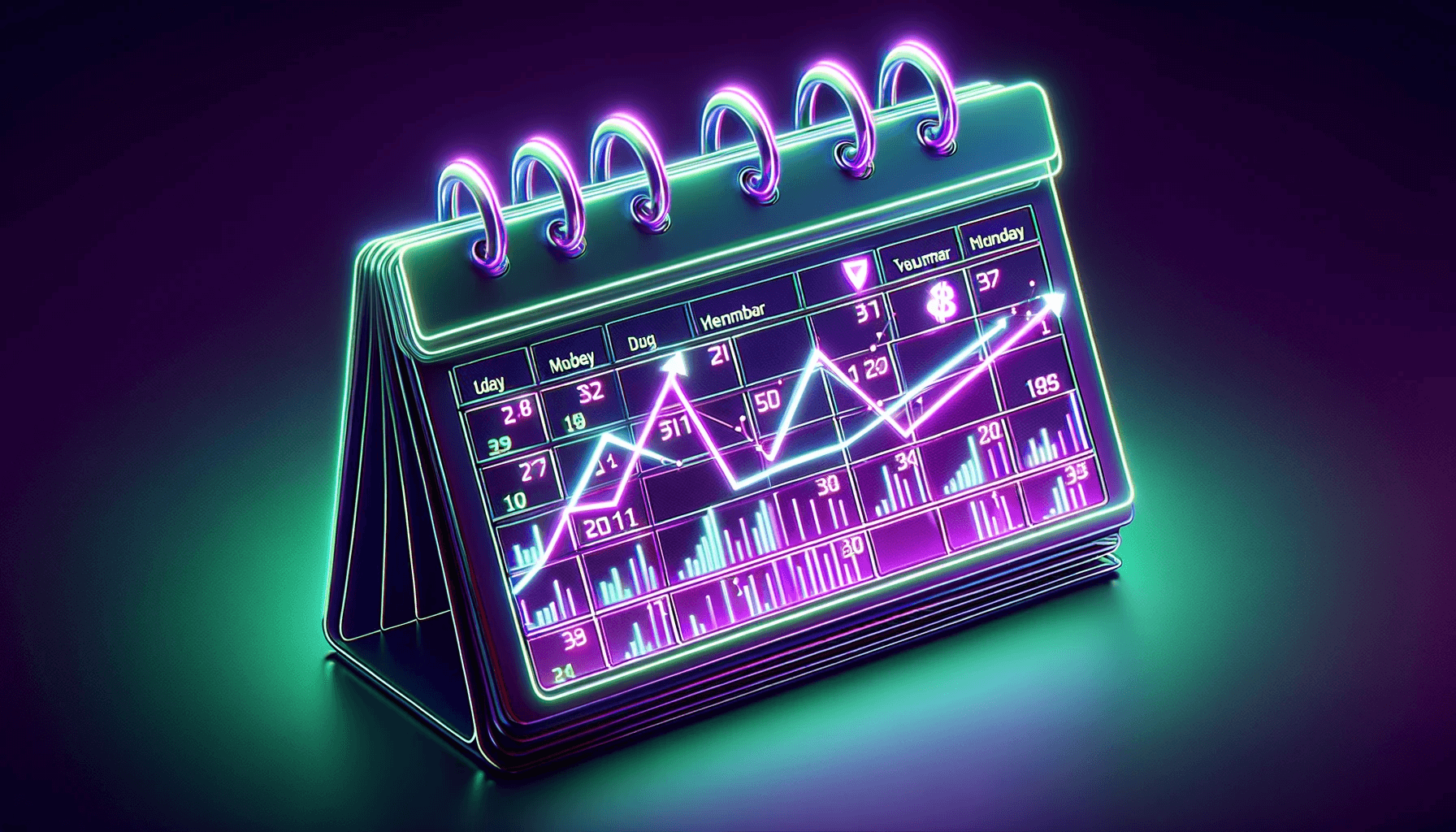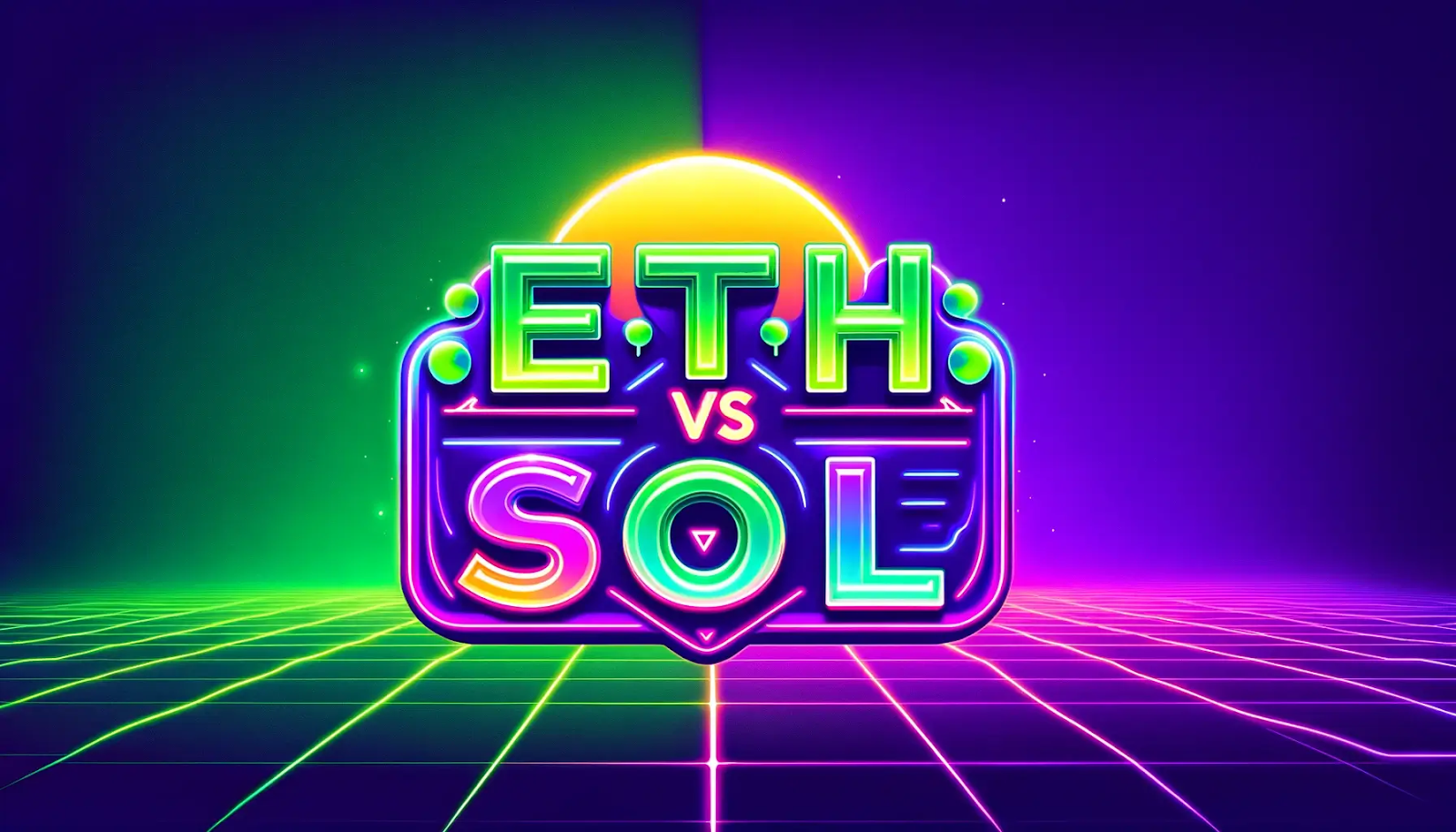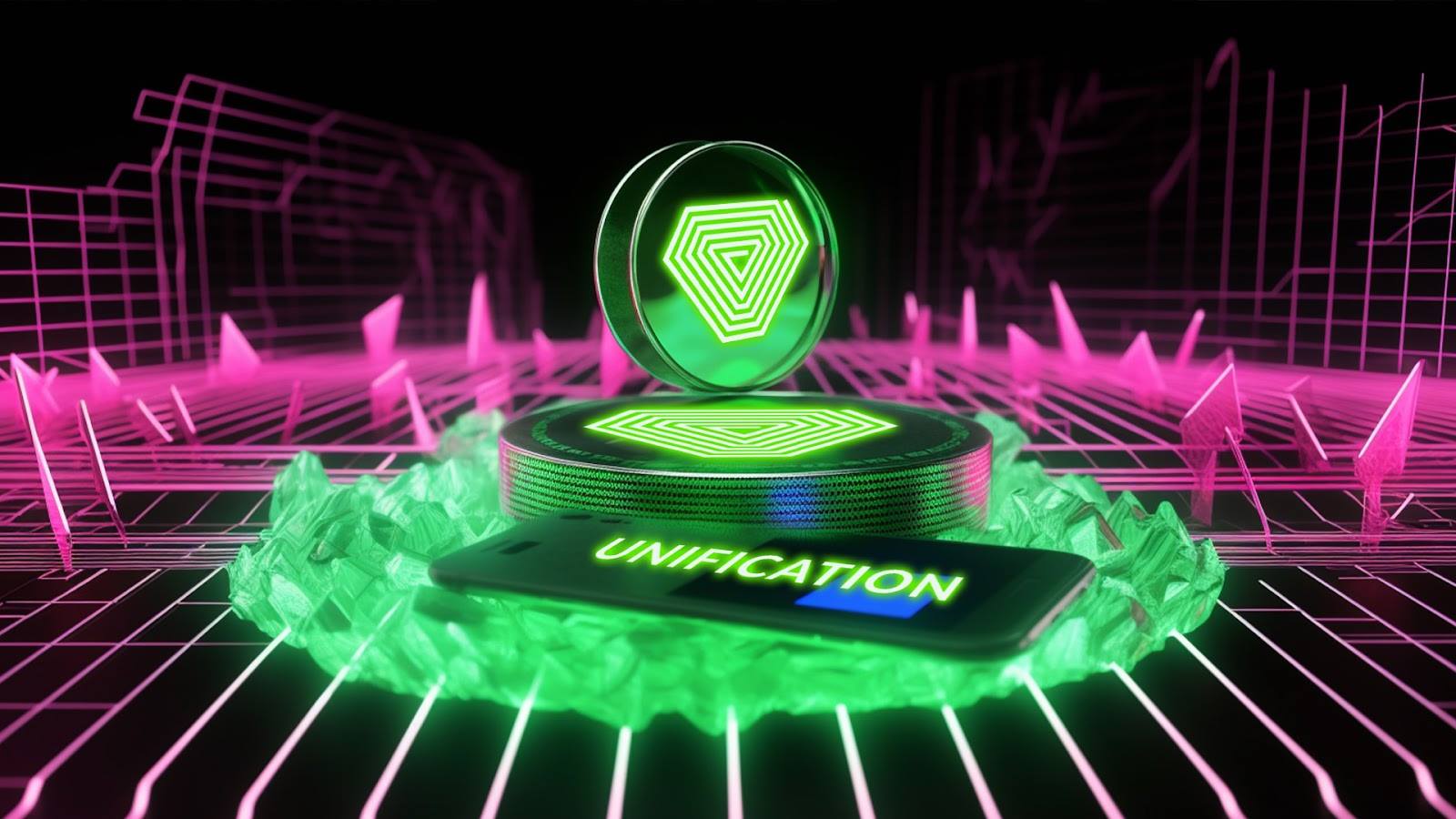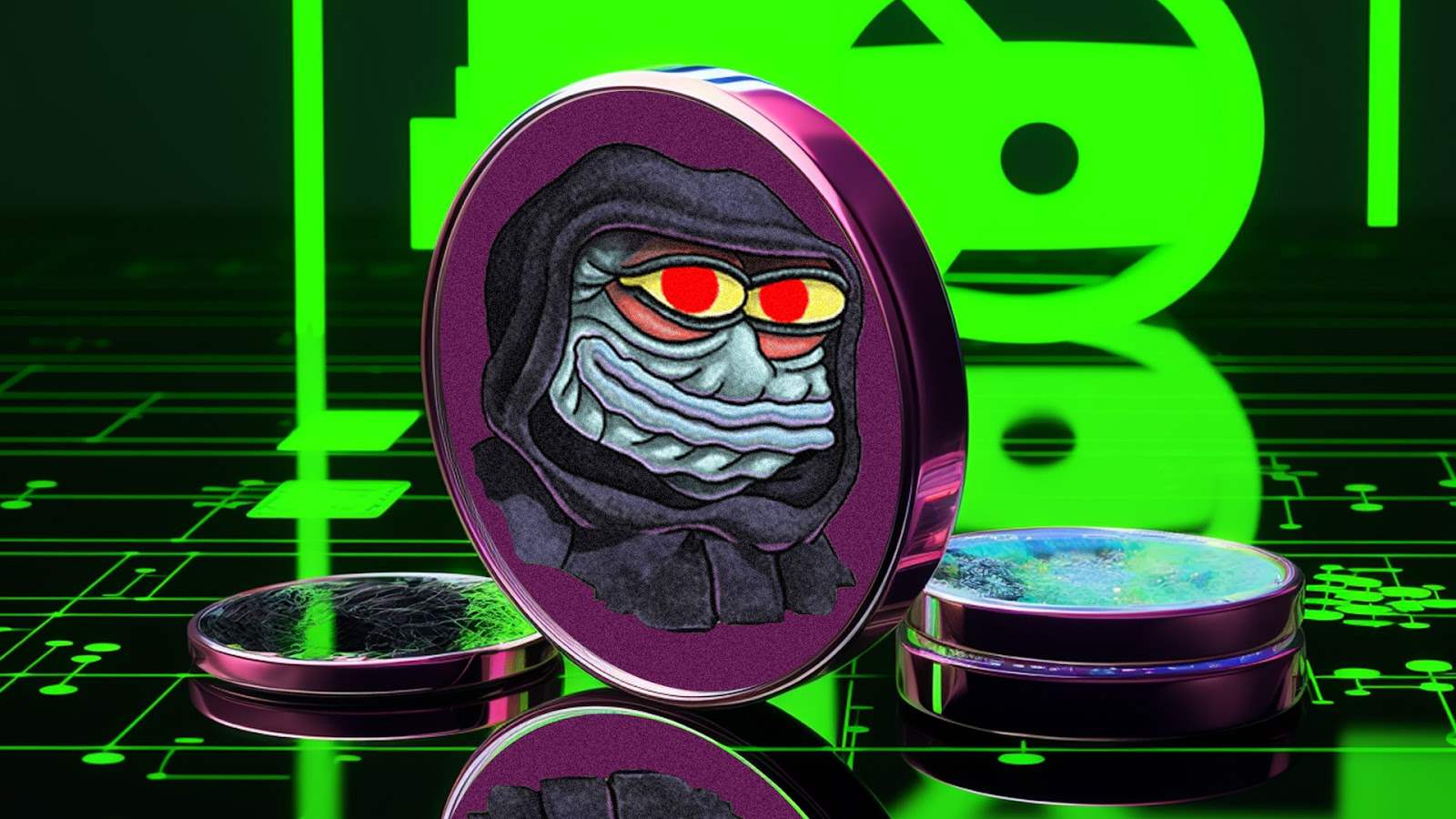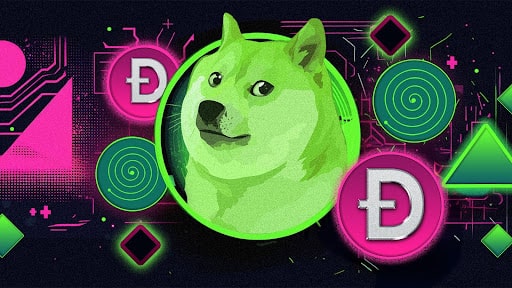
Welcome to the world of Cardano, a groundbreaking blockchain network aiming to transform efficiency, scalability, and sustainability in the crypto realm. Fueled by research-driven development and a unique consensus approach, Cardano is on a mission to surpass the constraints of earlier blockchains.
In this article, we'll uncover Cardano's roots, its standout features, and its potential as a superior choice compared to traditional systems such as Bitcoin's Proof of Work and Ethereum's limitations.
Cardano History and Definition
Cardano is a blockchain network that was designed to be an efficient, scalable, and environmentally friendly alternative to the Bitcoin Proof of Work (PoW) consensus mechanism.
Cardano, named after Italian polymath Gerolamo Cardano, was created by Ethereum co-founder Charles Hoskinson, starting development in 2015 and launching in 2017. Positioned as the third-generation blockchain after Bitcoin and Ethereum, Cardano uses Proof of Stake (PoS), a more eco-friendly consensus mechanism.
This gained traction due to its potential to overcome Ethereum's limitations. While launched in 2017 as the largest PoS-based cryptocurrency, other coins like Ethereum have also adopted this model since.
Built on research-driven principles, Cardano's code undergoes peer reviews by academics and engineers. This ensures well-founded network development, although it might lead to slower expansion. Despite this, Cardano aims for a decentralised network with fast transactions and lower costs, employing a unique layered architecture to achieve this. It divides token transfers and execution, with its custom-built PoS protocol called ‘Ouroboros’ enhancing security and rewarding stakers.
Where ADA Fits In
ADA is the native currency of the Cardano ecosystem and is named after Augusta Ada Lovelace, a 19th-century countess and English mathematician recognised as the first computer programmer.
Given the architecture operated by Cardano, ADA boasts utilities within the ecosystem that make it valuable. First and foremost, ADA is staked to secure the network, working on the principle of PoS. In return, holders of staked ADA are rewarded with more ADA, creating a passive stream of income.
Being the native currency, ADA is used to pay gas fees and as collateral for DeFi loans. Additionally, ADA doubles as a governance token and is hence used in voting to determine future developments in the ecosystem.
What Are The Uses of Cardano?
Designed to be an upgrade to Ethereum, Cardano has striking similarities with Ethereum, as developers can use both Ethereum and Cardano to deploy smart contracts and build decentralised applications spanning across DeFi, gaming, and so on.
However, Cardano takes it a step further, as Cardano’s smart contract platform is capable of deploying enterprise-level decentralised apps that can be used for supply chain tracking and anti-fraud measures. Currently, New Balance, a $5 billion company, utilises this feature to track the authenticity of its footwear throughout its supply chain, reducing the sale of counterfeit products on a large scale.
In addition, Cardano uses three of its products to verify credentials and identities. Using Atala Prism, an identity management tool, organisations can verify the eligibility of their workers for promotion or government aid.
The other two products, Atala Scan and Atala Trace, are used to trace a product’s journey through a supply chain.
Cardano Facts You May Not Know About
-
Cardano has five predetermined development stages, each named after notable people in various fields ranging from art, science, and philosophy throughout history.
They are:
-
Byron Phase: Named after poet and politician George Gordon Byron (a.k.a. Lord Byron)
-
Shelley Phase: Named after author Mary Shelley
-
Goguen Phase: Named after computer scientist Joseph Goguen (Cardano is currently in this phase of development)
-
Bash Phase: Named after Matsuo Bash, a Japanese poet renowned for his haiku (Japanese poems)
-
Voltaire Phase: Named after the French writer and philosopher François-Marie Arouet
-
Cardano launched a Layer-2 protocol called Hydra on its network on May 11, 2023. Hydra’s primary aim is to further scale the Cardano network. By enabling the protocol to process transactions off-chain while using the main ledger as the settlement layer, Hydra significantly decongests the network, thereby increasing its capacity and, consequently, its transaction throughput.
-
With the introduction and full implementation of more sidechains, Cardano will be infinitely scalable, with throughput reaching millions of transactions per second, although this is only theoretical.
Is Cardano a Good Investment?
Cardano serves both institutions and the crypto sphere optimally, and with the roadmap set before it, its future seems secure. This is quite evident considering ADA's valuation sits at $9.1 billion and is ranked 7th by market capitalization, showing investors’ confidence.
However, Cardano relies heavily on academic frameworks and research methodologies, which are typically rigorous and take up a lot of time. As a result, the implementation of network updates and developments can be slow, leaving the community feeling left behind.
In addition, competition has increased in recent years. Smaller projects have taken inspiration from some of the services that Cardano offers and the methodologies it uses. This has put pressure on Cardano to innovate and stay ahead of the curve.
Given the circumstances, Cardano has remained resilient and continued to innovate, and with more updates in development, the community is positive for a bright future.
If you're new to the crypto space, seek financial advice from a professional and don’t invest what you cannot afford to lose. This article is for educational purposes and is not financial advice.


